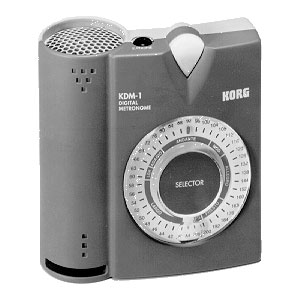Another issue potential piano teachers face is whether they intend to teach in a music school, privately, or both. I’ll try to present my thoughts in this post.
Teaching in a music school certainly has its merits. The biggest plus point is that you don’t have to source for students yourself, the school does it for you. And if you’re into group teaching, you can quickly see an increase in your student intake. All you have to do is turn up and teach.
What about the disadvantages of teaching in a music school? The biggest shortcoming is that you don’t receive 100% of the students’ fees. This is understandable because the school needs a proportion for administration costs, utilities, etc. So let’s say you charge $100 for a beginning student for private teaching; you might find that you are paid only half of that at the school (meaning that you have to teach two students instead of one to get the same fee) That means you have to work harder if you intend to teach full-time in a music school.
You are also obliged to abide and follow the regulations of the music school you’re teaching in. Fair enough, but depending on how it goes, you might find yourself teaching students that don’t get along with you, students who don’t show up and don’t inform you, etc. The school might insist that you teach them anyway because they can’t find another teacher who has time to do so.
Teaching privately on the other hand, is a challenge when you’re first starting out. At this stage you can’t pick and choose students yet. When I first started out decades ago, I made a slight error in always trying to get advanced students because of higher fees—don’t do this. Get students of any level you can find. Beginning students are actually good, because if you teach them well, chances are they will stick with you as they progress. That will build up your student intake gradually.
Perhaps the biggest advantage of teaching privately is that you get to keep 100% of the fees. You’re also your own boss, so you make your own decisions about lesson schedules, replacement lessons, holidays, etc. And need I say that it’s much more comfortable teaching at home, as opposed to being in a tiny room in a music school?
Or you could opt to do both, like what I’ve been doing. I’ve gotten to the point where I know the school administrator very well, so any problems I have can be discussed and ironed out in the open. And because I’m involved with the school I get to participate in such interesting activities such as the Piano Idol competition, which I’ve been judging for the past two years.
So there you have it. You have to make up your own mind, but it’s always possible to test the waters first in the field of piano teaching. Good luck!

